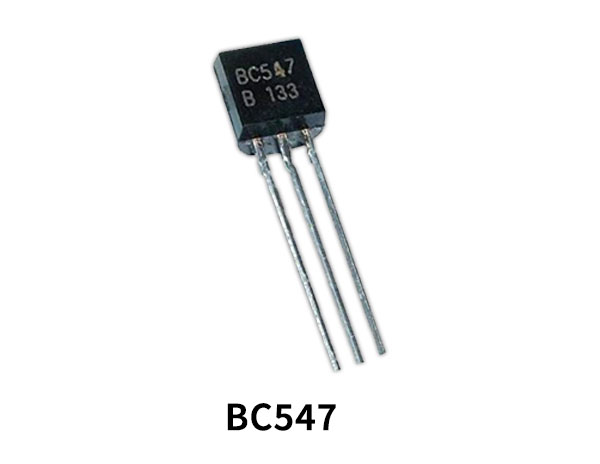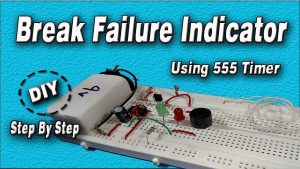Introduction:
Every residential or commercial sector needs a tank to store water in it as it is an essential need of our life. Water needs to be conserved sufficiently and requires systematic management. The water tank needs to be refilled using pumps when the level of water is decreased. A water-level indicating system is useful for this purpose. It is a simple tool to detect the level of water in any container or tank. It indicates when the level of water is decreased or increased by a certain limit. Using this device helps prevent waste of water and energy and the refilling of the tank is done efficiently.
The water level indicator circuit is applicable in many industries and residential areas and has several benefits. Here we will discuss a simple water level indicator circuit that uses a few simple components to work accurately. The circuit is easy to build and is described in detail below with a complete working and circuit diagram.

Hardware Components
The following components are required to make Water Level Indicator Circuit
| S.no | Component | Value | Qty |
|---|---|---|---|
| 1. | Transistor | BC547 | 4 |
| 2. | Buzzer | – | 1 |
| 3. | LED | – | 3 |
| 4. | Resistor | 330Ω, 220Ω | 4, 3 |
| 5. | Water Tank | – | 1 |
| 6. | Battery | 9V | 1 |
BC547 Pinout

For a detailed description of pinout, dimension features, and specifications download the datasheet of BC547
Water Level Indicator Circuit

Working Explanation:
This circuit uses transistors (BC547), LEDs, resistors, wires, and a buzzer for an indicator. The four wires as used for four different levels in the tank where L1 indicates the lower level to L4 higher level respectively. The transistors are used as a switch, connected to the level wires through resistors, and are placed in the water tank indicating different levels. The Q4 is connected to the buzzer while the other three are connected to the LEDs at the emitter junction and the 9V supply is connected to the collector terminal through a resistor. The common supply wire is connected to the battery, coupled with the transistors’ collector terminal, and is placed at the bottom of the tank or container.
As the power supply is provided to the circuit, the power is applied to the collector terminal and the common wire. When the level of the water increases, it reaches the wire from L1 to L4 that provides power to the base of the respective transistor. The base acts as a switch and on receiving a signal it makes the respective LED glow, as the level reaches L4, the buzzer beeps indicating enough rise of the water level.
Importance:
Water level indicators have importance because of their crucial use in different sectors. Without the indicator, we have to check manually the level of the water in the tank or container. It allows you to monitor the water level and take necessary action.
Applications:
The applications of water level indicators include:
- Residential and commercial buildings
- As a fuel level indicator in automobiles
- Open and bore wells
- Hostels and factories
- Swimming pools
- Sump pumps
- Commercial complexes
- Fire protection systems and many more other applications.
Benefits:
This device has several benefits that include:
- Easy to install
- Less maintenance
- Help to avoid seepage due to the overflow of the water tank
- Consumes lesser energy and water and hence saves money
- Suitable for any kind of tank and more.







